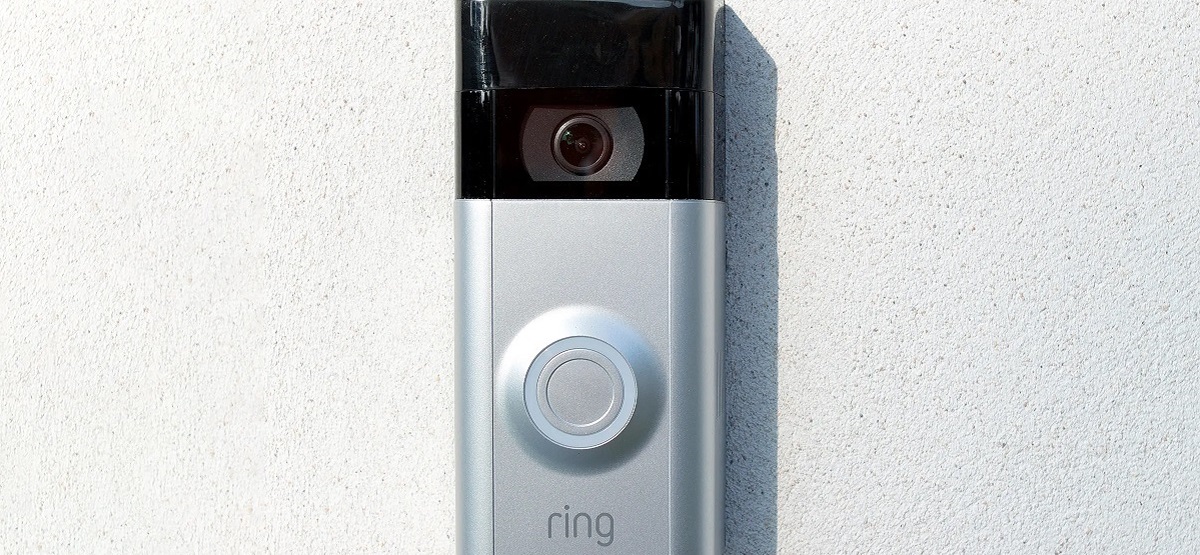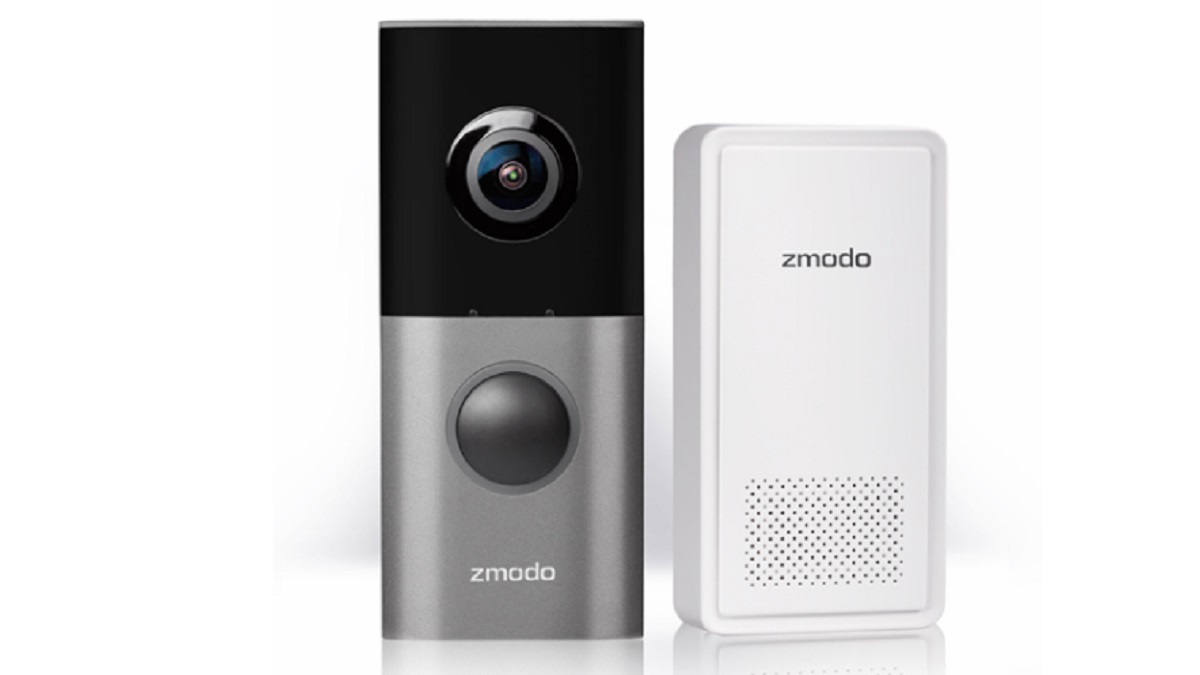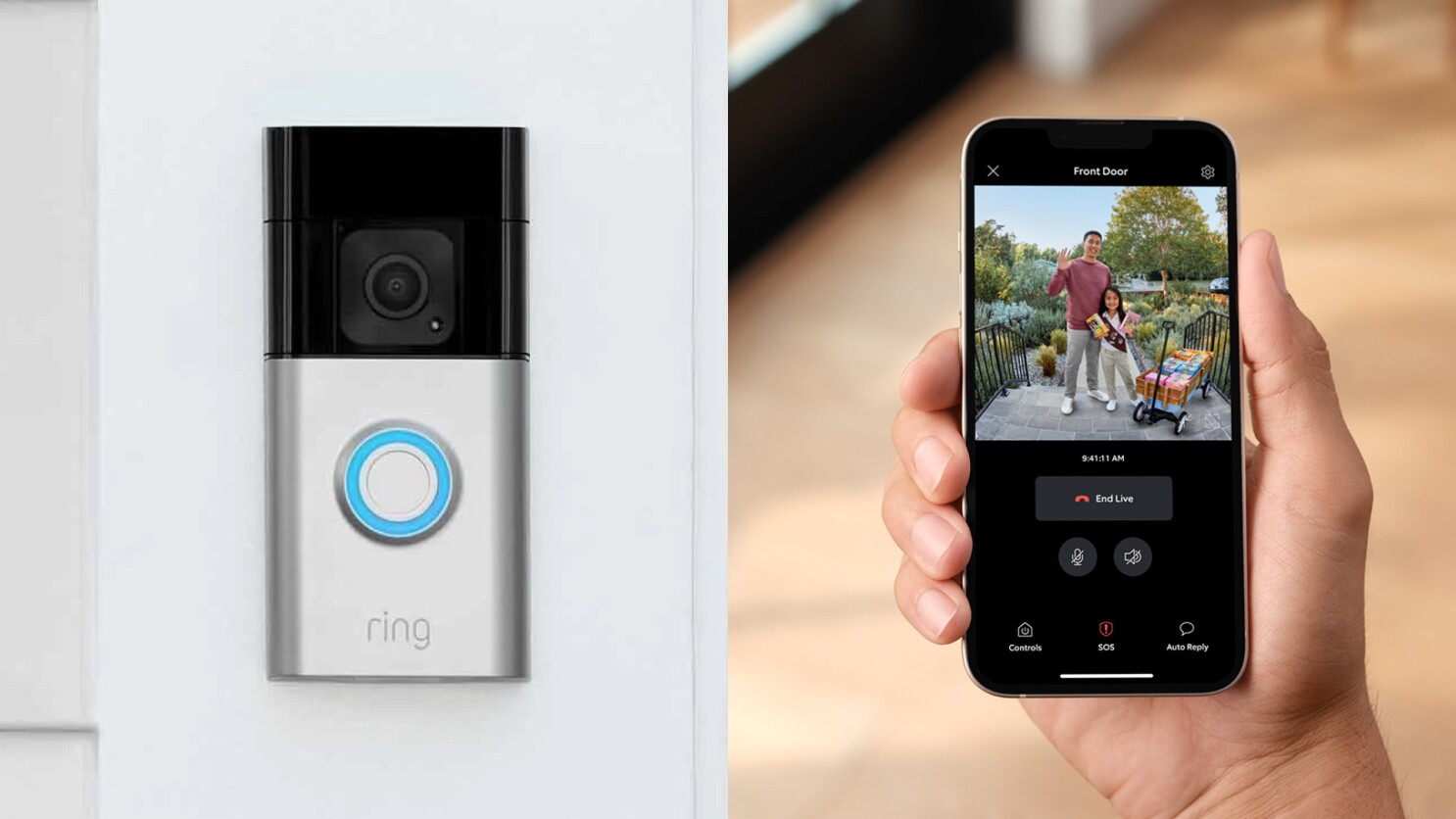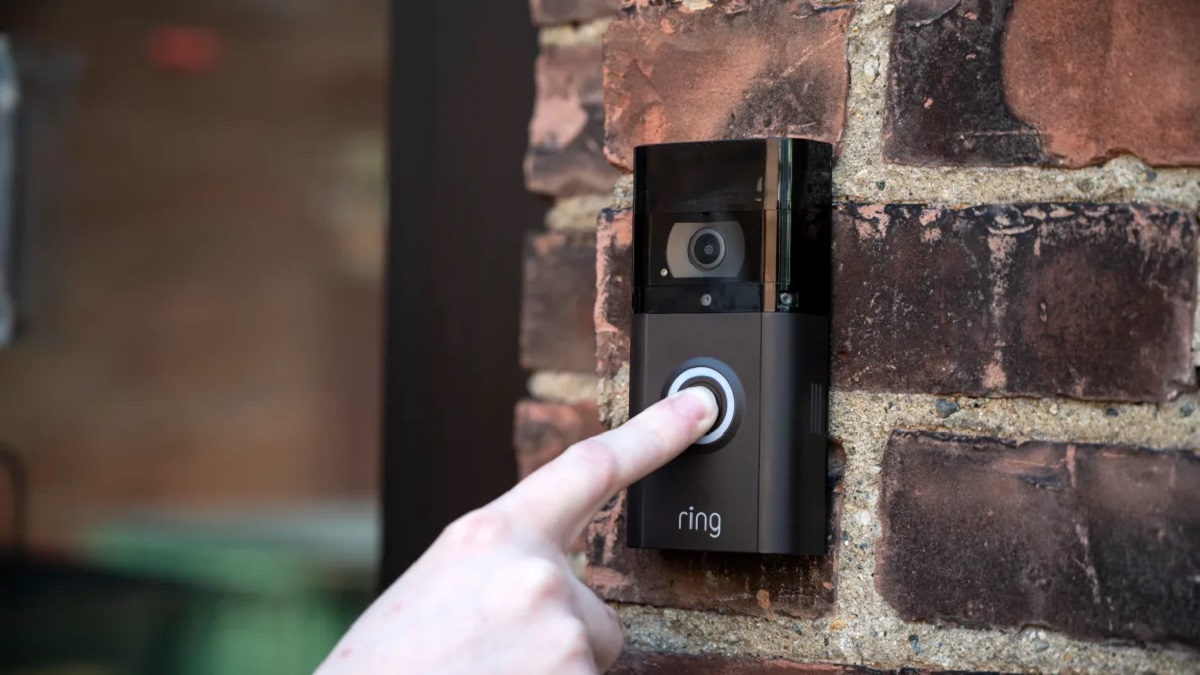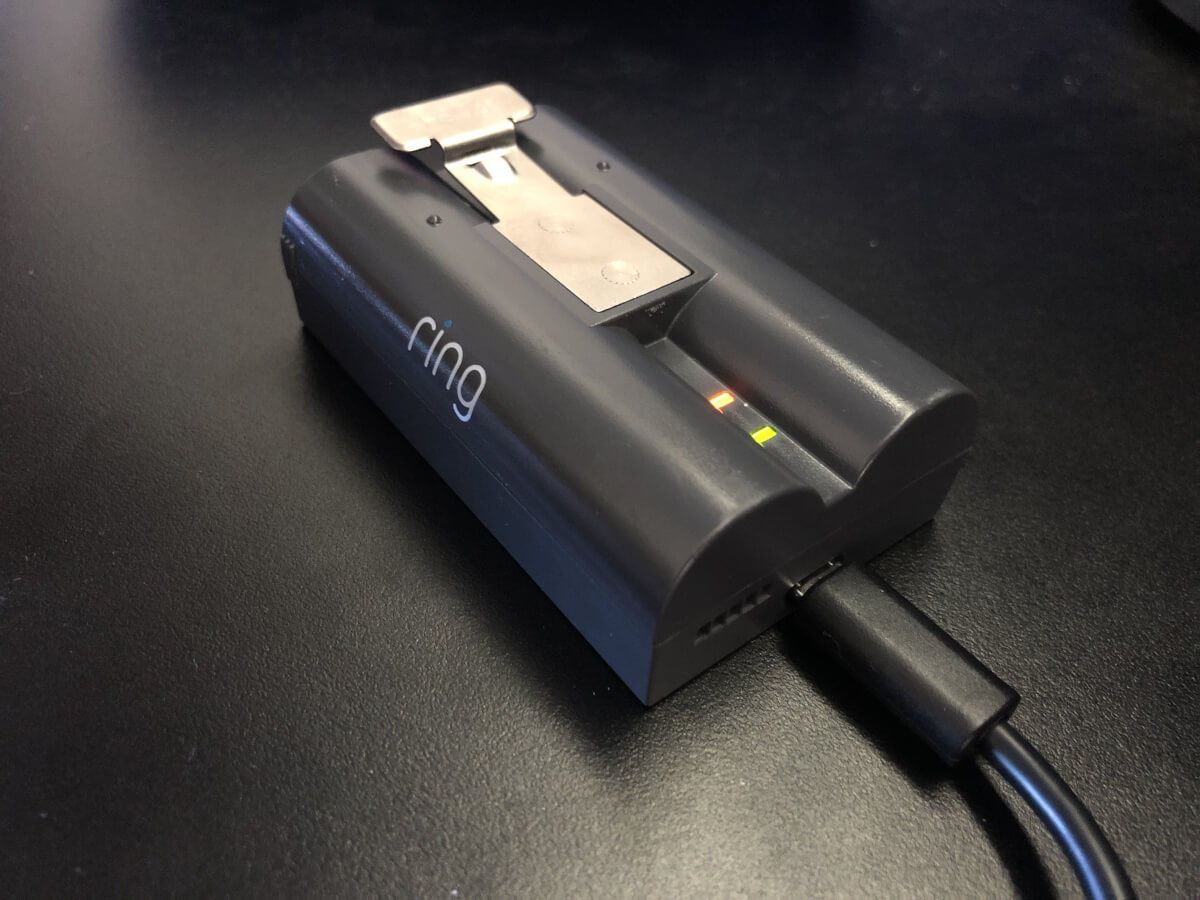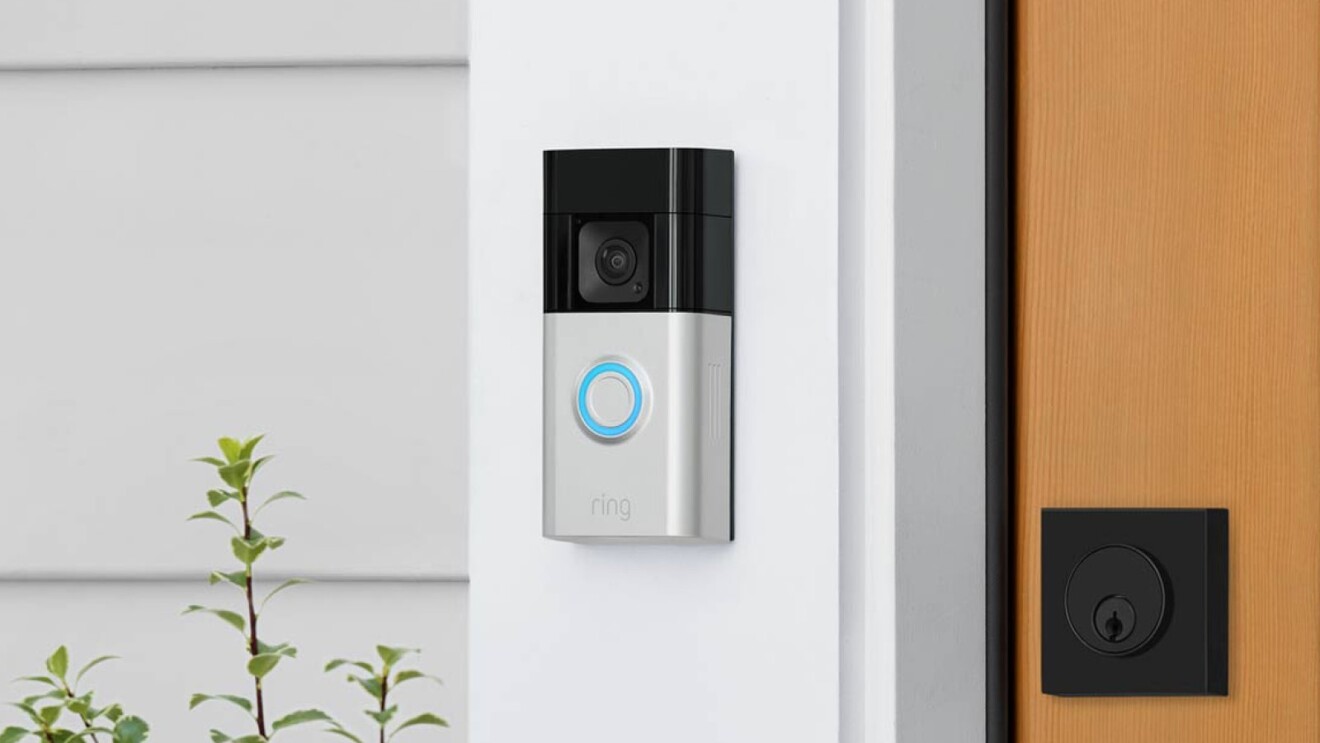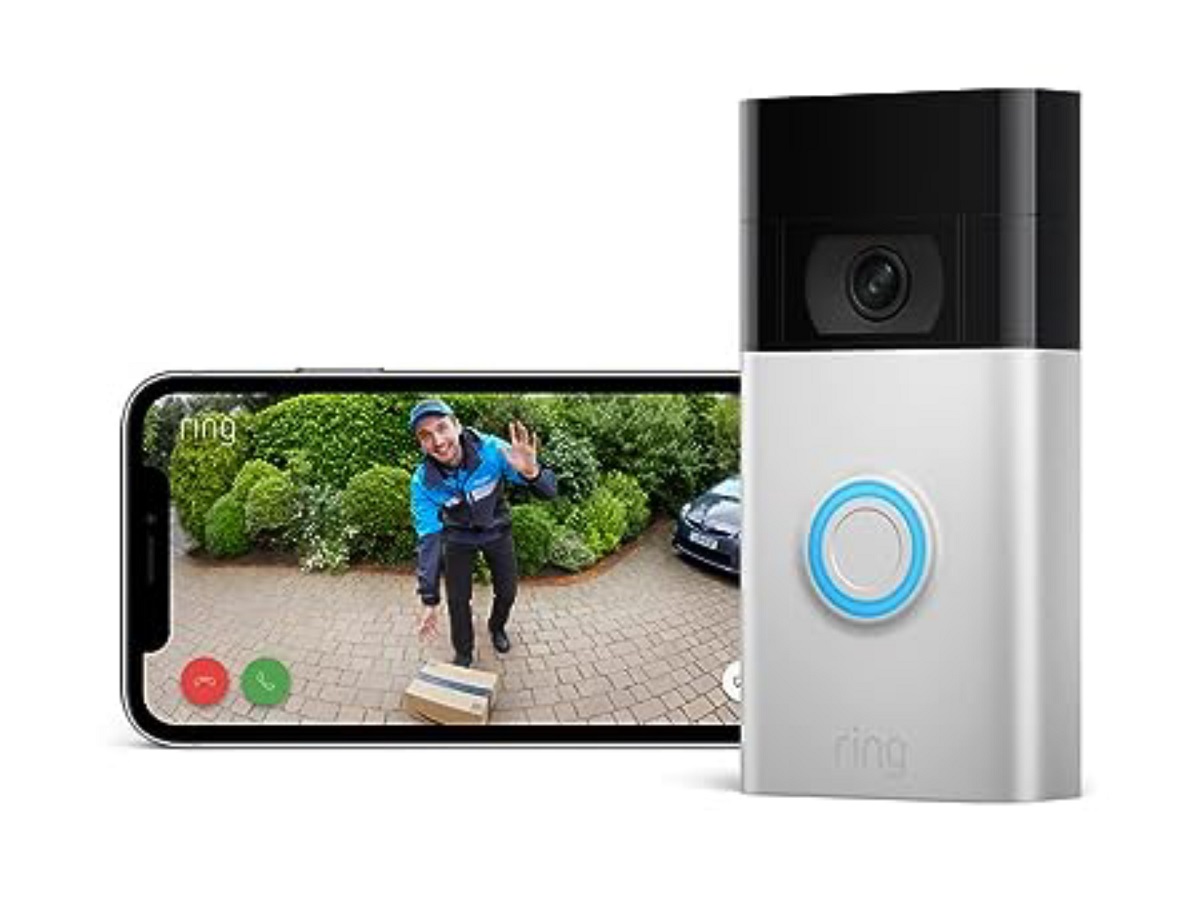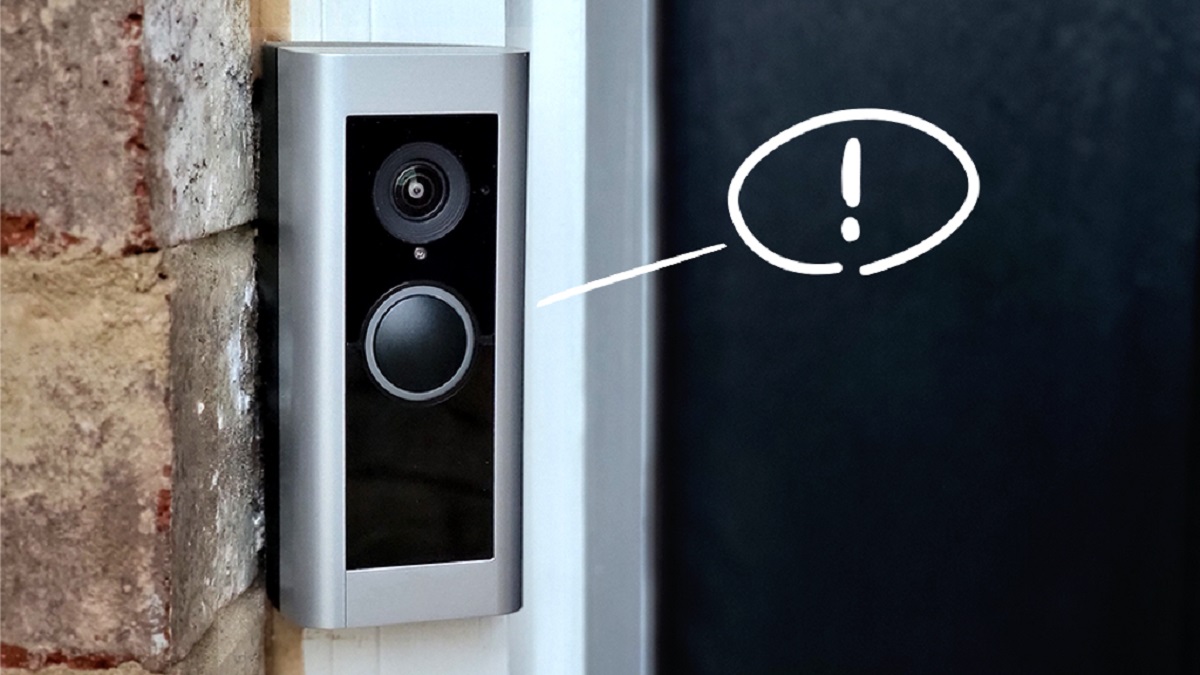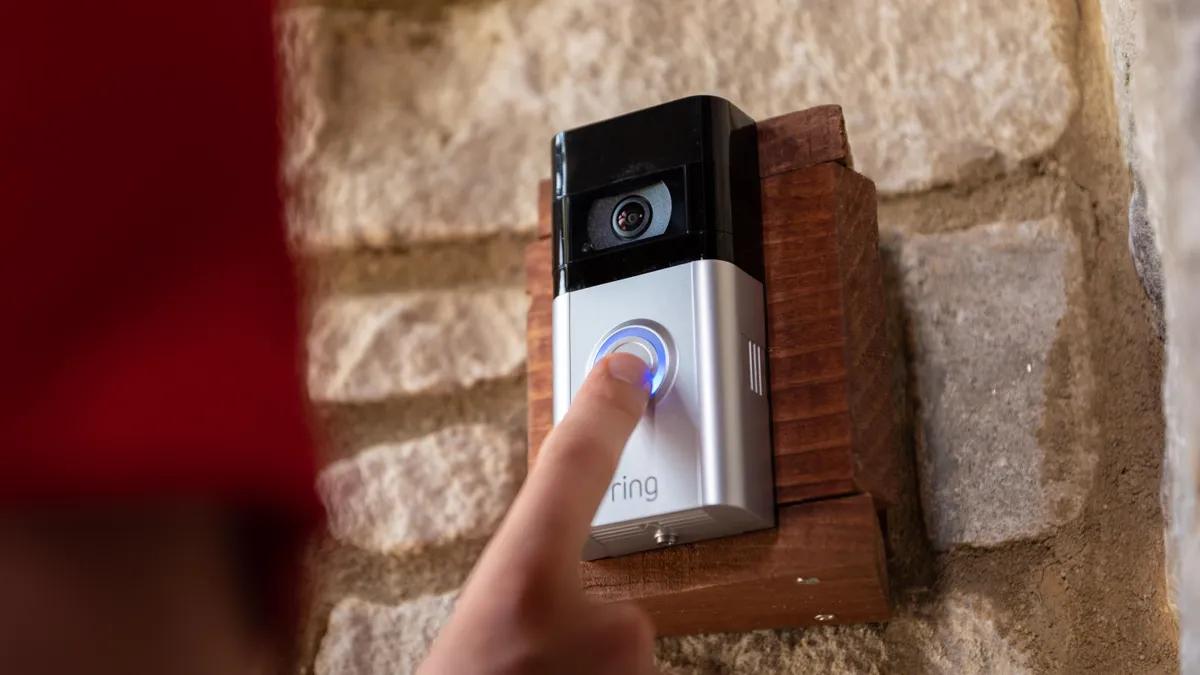Introduction
Welcome to this informative article on how many devices can be connected to the Ring Video Doorbell. As smart home technology continues to advance, the demand for versatile and interconnected devices has grown. The Ring Video Doorbell is a popular choice for homeowners looking to enhance their home security and convenience. With its ability to stream live video footage and provide two-way communication, it has become an essential part of many households.
In this article, we will explore how the Ring Video Doorbell works and discuss the process of connecting various devices to it. We will also highlight the limitations of the Ring Video Doorbell when it comes to the number of devices that can be connected. Additionally, we’ll provide insights on the types of devices that are compatible with the Ring Video Doorbell and offer tips for optimizing device connections.
Whether you already have a Ring Video Doorbell or are considering getting one, understanding its capabilities in terms of device connectivity is crucial. Knowing how many devices can be connected and what types of devices are compatible will help you make informed decisions about expanding your smart home ecosystem.
So, let’s dive into the details and explore how you can make the most of your Ring Video Doorbell by connecting additional devices for an enhanced home security and convenience experience.
How Ring Video Doorbell Works
The Ring Video Doorbell is a revolutionary smart device that combines a high-definition video camera, a motion sensor, and a two-way audio system. It allows homeowners to monitor and communicate with visitors at their front door, even when they are not home. Understanding how the Ring Video Doorbell works is essential to fully grasp its capabilities and the process of connecting additional devices.
When someone approaches your front door, the Ring Video Doorbell’s motion sensor detects the movement and triggers the camera to start recording. The video footage is then transmitted to your smartphone or tablet through the Ring app, allowing you to see and interact with the visitor in real-time.
The two-way audio system enables you to have a conversation with the person at the door through your mobile device. This feature is particularly useful for giving instructions to delivery drivers, communicating with guests, or even scaring away potential intruders.
The Ring Video Doorbell is designed to provide a seamless and user-friendly experience. The device connects to your home’s Wi-Fi network, allowing for easy access and control through the Ring app. The app provides a range of features, including the ability to customize motion detection settings, view live video streams, and review recorded footage.
Another important aspect of how the Ring Video Doorbell works is its compatibility with other smart home devices. By integrating the Ring Video Doorbell with compatible devices, you can create a more comprehensive and interconnected home security system.
Now that we have a clear understanding of how the Ring Video Doorbell operates, let’s delve into the process of connecting additional devices to enhance your smart home setup.
Connecting Devices to Ring Video Doorbell
The Ring Video Doorbell offers the flexibility to connect various devices to enhance your home security system. Whether you want to integrate additional cameras, door locks, or smart lighting, the process of connecting devices to the Ring Video Doorbell is relatively straightforward.
To begin, ensure that your Ring Video Doorbell is set up and connected to your home’s Wi-Fi network. This is a crucial step as all devices need to be connected to the same network for seamless communication.
Once your Ring Video Doorbell is connected, open the Ring app on your smartphone or tablet. From the app’s dashboard, navigate to the settings menu and select the “Devices” option. Here, you will find a list of compatible devices that can be connected to your Ring Video Doorbell.
To connect a device, choose the specific device from the list and follow the on-screen instructions. This may involve scanning a QR code or entering a unique code provided with the device. Once the device is successfully connected, it will appear in the app’s device list, allowing you to control and monitor it alongside your Ring Video Doorbell.
It’s important to note that the number of devices you can connect to your Ring Video Doorbell may be limited based on the specific model and your network’s capabilities. Ring offers different versions of their video doorbell, each with varying device connection capacities. Make sure to check the specifications of your Ring Video Doorbell model to determine the maximum number of devices it can support.
Additionally, keep in mind that certain devices may require additional setup or configuration steps. For example, if you are connecting an outdoor security camera, you might need to position it properly and adjust its settings to ensure optimal coverage and performance.
By connecting devices to your Ring Video Doorbell, you can create an integrated and comprehensive home security system. You can monitor different areas of your property, control access to your home, and receive alerts and notifications directly to your smartphone or tablet.
Now that we understand the process of connecting devices to the Ring Video Doorbell, let’s explore some limitations you need to be aware of.
Limitations of Ring Video Doorbell
While the Ring Video Doorbell is a versatile and powerful smart home device, it does have certain limitations that users should be aware of. Understanding these limitations will help you set realistic expectations and make informed decisions about your smart home setup.
One of the primary limitations of the Ring Video Doorbell is its dependence on a stable Wi-Fi connection. Since the device relies on transmitting video footage and audio data over the internet, a weak or inconsistent Wi-Fi signal can impact its performance. It’s important to ensure that your home’s Wi-Fi network is reliable and strong enough to support the Ring Video Doorbell and any additional connected devices.
Another limitation is the battery life of the Ring Video Doorbell. Depending on the model and usage, the battery may require frequent recharging, especially if there is heavy traffic at your front door. For users who prefer continuous power, some models offer the option to connect the doorbell to existing doorbell wiring, eliminating the need for battery charging.
A significant limitation to be aware of is the maximum number of devices that can be connected to the Ring Video Doorbell. Different models have different device connection capacities, and exceeding the specified limit can lead to decreased performance or connectivity issues. It’s important to check the specifications of your specific Ring Video Doorbell model to determine the maximum number of devices it can support.
Additionally, the Ring Video Doorbell has limited compatibility with certain third-party devices and platforms. While the device can integrate with popular smart home systems like Amazon Alexa, not all devices may be compatible. It’s advisable to check the compatibility list provided by Ring to ensure that your desired devices can be connected and controlled through the Ring app.
Lastly, the Ring Video Doorbell’s capabilities may be affected by environmental factors. For example, extreme weather conditions such as heavy rain or direct sunlight can impact the camera’s performance. Additionally, the field of view of the camera may not capture all areas you wish to monitor. In such cases, it may be necessary to consider additional cameras or devices to provide greater coverage.
By understanding and considering these limitations, you can make educated decisions about the number and type of devices you connect to your Ring Video Doorbell while managing your expectations for its performance and functionality.
Now that we’ve explored the limitations, let’s take a look at the types of devices that can be connected to the Ring Video Doorbell to enhance your smart home setup.
Types of Devices that can be Connected to Ring Video Doorbell
The Ring Video Doorbell is designed to work seamlessly with a variety of devices, allowing you to create a comprehensive and interconnected smart home ecosystem. Here are some of the types of devices that can be connected to the Ring Video Doorbell:
- Additional Ring cameras: You can enhance your home security by adding additional Ring cameras around your property. Whether it’s an outdoor camera to monitor your backyard or an indoor camera for added surveillance, integrating these cameras with the Ring Video Doorbell provides a complete view of your home’s surroundings.
- Smart locks: By connecting a compatible smart lock to the Ring Video Doorbell, you can remotely lock and unlock your front door. This feature is especially convenient for granting access to visitors or delivery personnel when you’re away from home.
- Smart lighting: Integrate smart lighting products, such as Ring Smart Lighting, with your Ring Video Doorbell to enhance security and visibility during the night. You can create customized lighting schedules or have the lights activate automatically when motion is detected.
- Smart speakers and displays: Connect your Ring Video Doorbell to devices like Amazon Echo or Google Nest Hub to receive real-time notifications and view the video feed on any connected smart display. Using voice commands, you can also control and interact with your Ring Video Doorbell hands-free.
- Alarm systems: Many home security alarm systems can be integrated with the Ring Video Doorbell. This enables you to receive alerts and notifications from your alarm system directly on your mobile device when the doorbell detects motion or when someone rings the bell.
These are just a few examples of the devices that can be connected to the Ring Video Doorbell. There are numerous other compatible products available in the market that can expand the functionality and security of your smart home setup.
When choosing compatible devices, it’s important to ensure that they are supported by the Ring app and are compatible with your specific version of the Ring Video Doorbell. Checking compatibility and following the manufacturer’s instructions for device integration and setup will ensure a smooth connection and optimal performance.
Now that we’ve explored the types of devices that can be connected, let’s move on to the next section and discover how to add additional devices to your Ring Video Doorbell.
Adding Additional Devices to Ring Video Doorbell
Expanding your smart home ecosystem by adding additional devices to your Ring Video Doorbell is a great way to enhance your home security and convenience. Here are the steps to follow when adding new devices to your Ring Video Doorbell:
- Ensure compatibility: Before purchasing any new devices, make sure they are compatible with your specific model of the Ring Video Doorbell. Check the compatibility list provided by Ring or consult their customer support if you have any doubts.
- Set up the new device: Follow the manufacturer’s instructions for setting up the new device. This may involve connecting it to your home’s Wi-Fi network, downloading the device-specific app, or performing any necessary firmware updates.
- Open the Ring app: Launch the Ring app on your smartphone or tablet and navigate to the settings menu.
- Select “Devices”: From the settings menu, choose the “Devices” option to access the list of compatible devices that can be connected to your Ring Video Doorbell.
- Choose the new device: Select the specific device you want to connect from the list. Follow the on-screen instructions provided by the app to complete the connection process.
- Test the connectivity: Once the new device is successfully connected, test its connectivity by performing the intended actions. For example, if you added an additional camera, check if you can view its live feed through the Ring app.
- Adjust settings if needed: Depending on the new device, you may have the option to customize its settings within the Ring app. Explore the settings menu of the device to configure features such as motion detection sensitivity, notification preferences, or scheduled actions.
Remember, the number of devices you can connect to your Ring Video Doorbell may be limited based on your specific model. Make sure to refer to the product specifications to determine the maximum number of devices your doorbell can support.
By adding compatible devices to your Ring Video Doorbell, you can create a fully integrated smart home system that enhances security, convenience, and peace of mind.
Now that we know how to add additional devices, let’s move on to the next section where we’ll explore some tips for optimizing device connections.
Tips for Optimizing Device Connections
When it comes to optimizing the connections between your Ring Video Doorbell and other devices in your smart home setup, following these tips can help ensure smooth functionality and reliable performance:
- Ensure a strong Wi-Fi signal: A stable and robust Wi-Fi connection is crucial for seamless communication between devices. Make sure your Ring Video Doorbell and connected devices are within a good Wi-Fi range and minimize obstructions that could interfere with the signal.
- Position devices strategically: When adding additional devices, consider their placement to maximize their effectiveness. Position cameras at optimal angles for surveillance coverage, and place smart lighting fixtures in areas that enhance security and visibility.
- Regularly update firmware: Keep both your Ring Video Doorbell and other connected devices up to date with the latest firmware versions. Manufacturers often release updates that bring new features, bug fixes, and improved compatibility.
- Optimize motion detection settings: Adjust the motion detection settings of your Ring Video Doorbell and connected devices to minimize false alerts. Experiment with sensitivity levels and custom motion zones to ensure you’re only notified when necessary.
- Assign device names: Give descriptive names to your connected devices within the Ring app. This can make it easier to identify and control them, especially if you have multiple devices integrated into your smart home setup.
- Test device connectivity: Periodically check the connectivity and functionality of your connected devices. Verify that live video feeds, notifications, and other features are working as expected to ensure continuous monitoring and reliable operation.
- Consider network bandwidth: Adding multiple devices can put a strain on your network bandwidth. If you notice performance issues, such as slow video streaming or lag in device responses, consider upgrading your internet plan or utilizing a mesh Wi-Fi system to improve network coverage and performance.
- Review device compatibility: Regularly check for updates on device compatibility and integration with the Ring app. New devices may become available that enhance your smart home setup or provide additional features.
By following these tips, you can optimize device connections, improve overall performance, and ensure a seamless experience with your Ring Video Doorbell and other connected devices.
Now that we’ve discussed the tips for optimizing device connections, let’s summarize the key points covered in this article.
Conclusion
The Ring Video Doorbell offers a versatile and interconnected smart home solution for enhancing home security and convenience. With its advanced features and compatibility with various devices, you can create a comprehensive smart home ecosystem tailored to your specific needs.
In this article, we explored how the Ring Video Doorbell works and discussed the process of connecting devices to it. We also highlighted important limitations to consider, such as Wi-Fi dependence, battery life, and device connectivity limits. Additionally, we explored the types of devices that can be connected, including additional cameras, smart locks, smart lighting, and more.
We also went over the steps for adding new devices to your Ring Video Doorbell and provided tips for optimizing device connections. By following these tips, you can ensure optimal performance, reliable functionality, and an enjoyable smart home experience.
It’s important to note that while the Ring Video Doorbell is a powerful device, it is just one component of a holistic home security strategy. It’s recommended to consider other security measures, such as proper lighting, secure entrances, and an alarm system, to create a comprehensive security solution.
Ultimately, the Ring Video Doorbell, along with the connected devices, can enhance your home’s security, provide peace of mind, and make your daily life more convenient. With the ability to remotely monitor and interact with your home’s front door, you can always stay connected and in control, whether you’re home or away.
So, take the time to explore the possibilities, choose compatible devices wisely, and optimize your device connections to make the most of your Ring Video Doorbell and create a truly smart and secure home environment.







